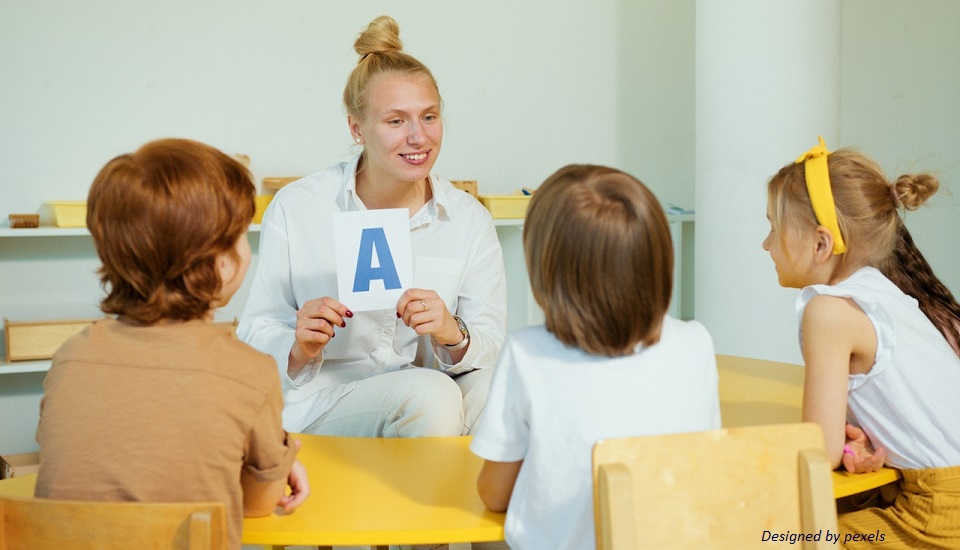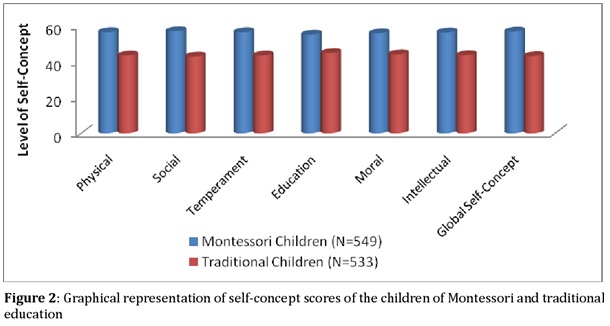Montessori Sandpaper Letters: Some Background Info And How To Present Them Correctly!
3rd January 2023
As adults, we do tons of activities each day and these practical life lessons can be brought into the classroom to develop the fine motor skills of the students. While these skills can be taught in several ways, using Montessori Sandpaper Letters is one of the best approaches. Since the Montessori approach is all about teaching the child in a multi-sensory way, the child will hear, see and feel the alphabet taught to them.
But, the thing is, you may have come across the phrase sandpaper letters numerous times but have no idea what exactly they do and how you can incorporate them into your class routine. Keep reading on to find out answers to all your question and set an education quality of your own.
What Are Montessori Sandpaper Letters?
Montessori Sandpaper Letters are alphabet cutouts that are put on pieces of wood. These are typically lowercase alphabets as it makes sense because most of what we read and write is in lowercase. In some versions, even capital letters are also added which you can introduce to advanced learners.
The purpose of this is to enable a child to learn and understand the shape and sound of the letters. Through this process, you can prepare them for writing and reading. However, this should not be the real focus and you should ensure that your child is getting a confidence boost and is making its way toward success.
Why Use Sandpaper Letters?
Sandpaper letters are used in a Montessori classroom because a child is sensitive to touch. Hence they act as a sensory learning tool incorporating the sense of sound, sight, and touch. However, before introducing sandpaper letters, you should have already taught phonic sounds of the alphabet or similar.

Source: www.semanticscholar.org
Moreover, they are an essential part of enhancing a child's learning and representing the transition toward the development of other skills. Once your classroom is full of masters able to recognize the sound of each letter, reading will naturally come to them. You might often be surprised to see how quickly these little minds can learn.
The prime goal of this activity is to create visual and muscle memory while enhancing auditory memory. When they can eventually associate a particular sound with a shape, they can easily learn the alphabet through the shape. Using sandpaper letters is an indirect way of preparing a child for reading and writing rather than focusing on how to make them read.
How To Present Sandpaper Letters Correctly
While working with sandpaper letters, a child should be able to look, touch and trace the letter at the same time. This leads to the muscular education that prepares the hand and wrist to write. Moreover, they are able to recognize the alphabet quickly with the cooperation of the various senses.
Here is a rundown of how you can present sandpaper letters in your classroom.
- Invite your classroom to sit with you. If you have a big class you can divide them into small groups to carry out the activity.
- Ask them to wash their fingertips to sensitize the fingers and take out the letters you are planning to work with.
- Place the first letter in front of the child and you can associate it with the initials of their names or words associated with the alphabet.
- Now show them how to write the letter using a letter tile. While writing and tracing the letter utter the sound of the letter. Repeat this at least 3 times for the learners to gauge.
- Now ask each child to trace the letter and make the sound taught to them. Ensure that every child gets a chance to learn individually.
- Repeat the process for all the other letters you wish to teach to the class and once finished ask them to repeat all the letters learned.
Montessori Three-Period Lesson plan For Sandpaper Letters
Here is how you can use the three-period lesson plan for teaching letters to your class:
1. Introduction
Here you introduce the letters through demonstration and trace for the class to see how it is done. At this stage, you also say the sound of the alphabet.
2. Identification
Here you pass the tile to the student and ask them to trace it while making the sound of the letter as taught.
3. Cognition
At this stage, you can mix the letter taught among various other alphabets and ask the child to recall the letter taught. You can also ask them to trace the letter and utter the sound to figure out whether or not they remember the sound.
The Bottom Line
Sandpaper letters are worth the money as you can introduce letter formation and letter sounds simultaneous. However, these can also be used for other engaging and creative alphabet activities. But, if you are a beginner in dealing with young minds and have no idea how to use sandpaper letters in a Montessori classroom, consider pursuing Montessori teacher training courses for better insights.
Written By : Sanjana
Leave a Reply

